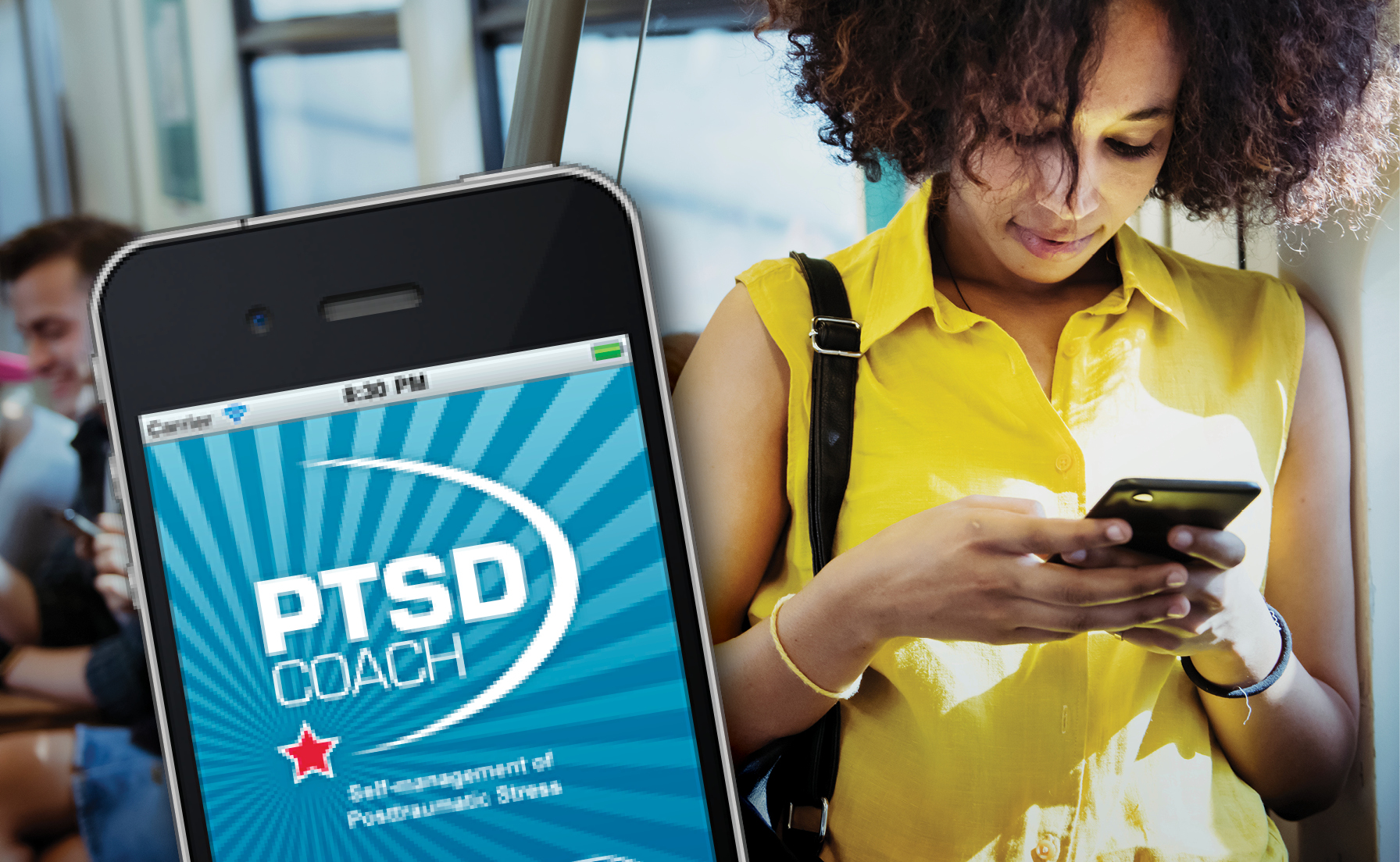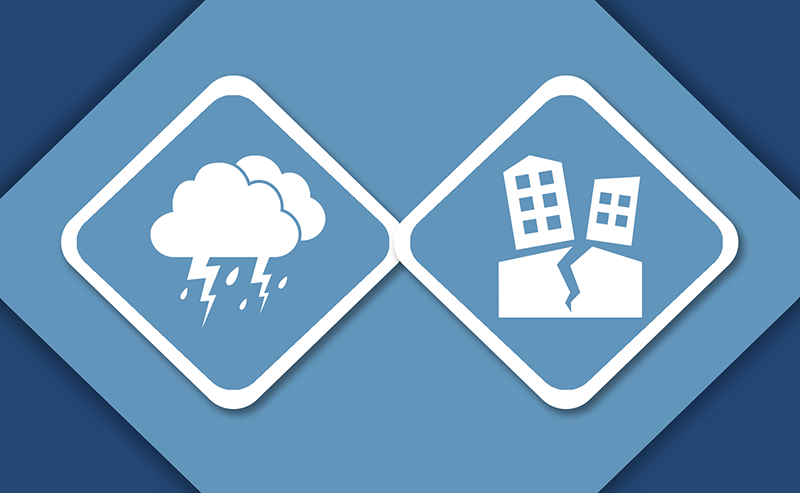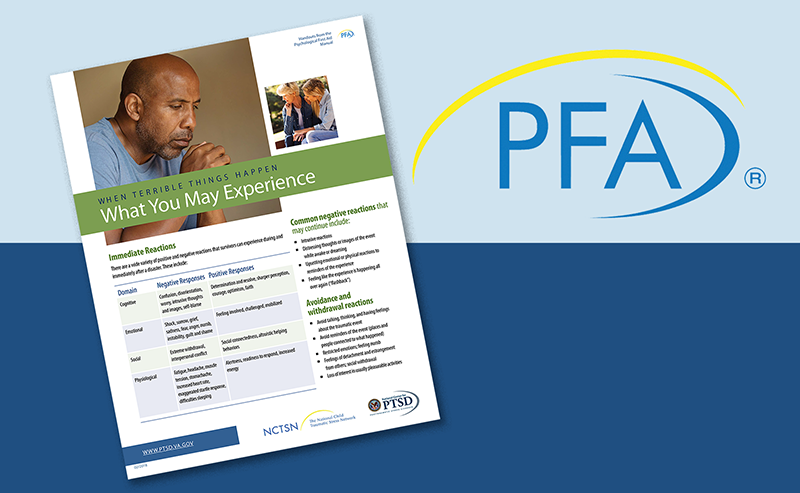PTSD: National Center for PTSD
Media Coverage of Disaster Events
Media Coverage of Disaster Events
Technology makes it easy for us to learn about disaster events all over the world. Watching news about such events is related to distress. Learn tips for how to manage stress related to media coverage of disaster events. Specific focus is given to helping children deal with events in the news.
Reading time: minutes
Many people find it hard to resist news of traumatic events, such as disasters. Disaster events include natural or human-caused events, acts of mass violence, or public health crises like disease outbreaks, chemical spills, or radiation emergencies. Why do we watch these media stories? One reason is because people are trying to inform themselves to be prepared in case of future disaster or similar events. Another reason is that people are watching and reading news to understand and process the event. In addition, some feel the media is trying to draw people in to viewing coverage with exciting images, almost like those from an action movie. Whatever the reason, we need to understand the effects of exposure to this type of news.
How is watching traumatic news related to stress?
Research tells us there is a link between watching news of traumatic events and stress symptoms. It could be that watching coverage of the event increases stress symptoms. It could also be that people who have more severe stress reactions are the ones who choose to watch more coverage of the event.
It is still unclear why this relationship exists. Media might both hurt and help those who experience trauma. Having news media present is sometimes a burden on family members. For example, the media may show personal grief of those affected by disasters on television. Also, watching news about a disaster may make those affected feel more helpless—it may fix even more firmly in their minds the images of death and damage.
What are positive roles of the media during disaster events?
Although there may be negative effects, clearly the media plays a vital role after a disaster. The media provides needed information and alerts. Media outlets can direct the public to services for those affected and their families. Media outlets are a resource for the community. They can also be a source of hope. In some ways, being involved with the media might give those affected a sense of being empowered. This could help offset their feeling helpless after the disaster.
Are there recommendations about viewing media coverage of disasters?
You may want to limit the amount and type of news you are viewing if you:
- Feel anxious or stressed after watching news coverage
- Cannot turn off the devices where you get news, like the television, a computer, or smartphone apps
- Find it difficult to take part in relaxing or fun activities
- Have trouble sleeping
Some useful tips include:
- Do not watch the news just before bed.
- Read newspapers or magazines rather than viewing coverage online, on mobile apps, or on television.
- Inform yourself by talking to other people about the disaster.
How can parents deal with disaster coverage available to their children?
Research with children shows even more clearly that watching too much trauma-related television can be harmful. Here are some tips for dealing with children and media exposure:
- Be aware that children may be exposed to traumatic images. It is common for a television to be on for several hours a day in an American households. Computers and smartphones make viewing disaster coverage very easy. Adults should be aware of how much news a child is viewing.
- Talk with the child about what they are seeing on the news. Children may need help understanding that they are seeing the same event replayed over again or that at times, media coverage of disasters shows clips from other events in the past.
- Put the news into context. Explain that:
- There are many good people who will do their best to keep them safe if something bad happens. Focus on the first responders and volunteers, not just on the disaster.
- The news often tells us bad things that happen in the world. Most of the time, though, our country is safe.
- Invite children to talk. Above all, parents need to allow and even invite children to ask questions. Children may have misplaced fears after watching a news report. This may be because they did not understand something. If the child shares those fears or asks questions, parents can help explain and comfort.
- Limit the child's news viewing. Some parents do not allow young children to watch the news at all. If news viewing is allowed, experts suggest that parents watch the news with their children. Also, if a child seems to be watching too much disaster-related news, the parent can direct the child to other, more positive activities.
Summary
When a disaster event occurs, media coverage is widely available on television, computers, and smartphones. Watching disaster-related news is related to stress symptoms. Work to balance getting information about disaster events and well-being. For parents, talking with children about disaster events can be an important way to help them understand and stay calm.
You May Also Be Interested In


























